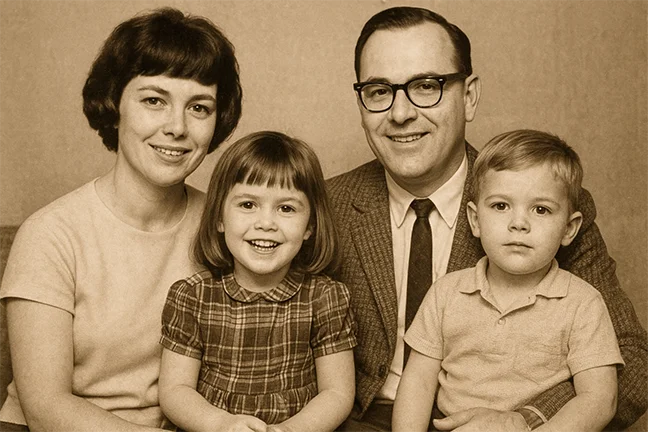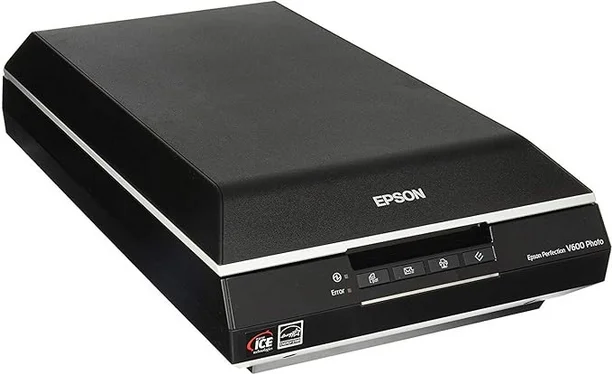How to Archivally Store Unframed Images and Portraits: Preserving Memories the Right Way
As a professional photographer, I’ve spent years capturing moments meant to last generations. But recently, I’ve been faced with a deeply personal reminder of why proper photo preservation matters.
While helping clean out my parents’ home, I found myself surrounded by a lifetime of framed portraits—images of relatives, milestones, and memories that shaped our family. I wanted to keep them all. But like many people, I don’t have the wall or tabletop space to display every cherished photo. That left me with an important question:
How to Archivally Store Unframed Images and Portraits
How can I safely preserve these irreplaceable images without displaying them all?
Here’s what I’ve been doing and what I recommend to anyone who wants to store unframed portraits and photographs the right way archivally.
Step 1: Remove From Frames (Carefully)
If your photos are already framed, gently remove them, especially if the frames are not archival quality or if the glass is broken or deteriorating. Old frames can sometimes trap moisture or allow dust and acids to damage prints over time.
This also applies to old paper-style albums that have prints glued in them. Carefully remove them and dispose of the deteriorated album.
Step 2: Use Archival Plastic Sleeves
To prevent scratching, fingerprinting, or chemical degradation, place each photo in a clear, acid-free, archival plastic sleeve. These sleeves create a protective barrier from light, air, and contaminants.
Here is a link to ones I personally use and love: Clear Resealable Sleeves for 8×10 Photos – Acid-Free, Archival Quality
I use these sleeves for 8×10 portraits, but they’re available in many sizes. Always make sure the plastic is acid-free and labeled for archival storage.
There are many other methods to store these loose prints. The important keywords are acid-free and archival.
Step 3: Store in Acid-Free Archival Boxes
Once your photos are in protective sleeves, store them in archival-quality boxes designed to keep out light, moisture, and environmental pollutants.
Here is a link to the boxes I have purchased before: Museum-Quality Archival Photo Storage Box – Acid-Free with Removable Lid
This type of storage is ideal for:
- Old family portraits
- Studio prints
- Loose photos
- Negatives and small albums
Label each box clearly so you can access it easily later. I recommend labeling either by year or by family member name, whichever makes it easy for you to locate these images later.
Step 4: Use Archival Photo Albums (Optional)
If you prefer a more organized, browsable solution, consider transferring images into archival photo albums. Make sure the albums have acid-free pages and sleeves.
This can be a great way to group photos by event, decade, or family branch—perfect for family history projects or genealogy research.
Step 5: Scan for Digital Preservation & Sharing
Once photos are safely stored, I highly recommend digitizing them. Scanning portraits allows you to:
- Preserve a backup in case of damage or loss
- Share with relatives instantly
- Display digitally in photo frames or online albums
- Create reprints or photo books
Even a basic flatbed scanner can produce high-resolution scans suitable for most needs.
This is the scanner I personally use: https://amzn.to/3IsJ4S8
I love this Epson scanner because of the speed and the scan quality. It can scan documents, prints, negatives of various sizes, as well as slides. Look at what you plan to scan, and purchase your scanner based on what you intend to scan, as well as other key specs.
For more advanced photo restoration, consider hiring a professional or using photo editing tools to enhance faded or damaged prints.
How to Archivally Store Unframed Images and Portraits
Why This Matters
Storing photos properly isn’t just about organization; it’s about legacy. These images tell stories, carry emotions, and connect generations. With a little planning and the right materials, you can ensure your family’s memories are protected for decades to come.
This process has been meaningful for me as I honor my parents’ history and merge it with my own growing collection. I hope these tips help you do the same, whether you’re a fellow photographer or just someone who cherishes family history.
Have Questions or Storage Tips of Your Own?
I would love to hear from you if you have any tips or questions about how to archivally store unframed images and portraits. You can contact me here:
I have been a professional portrait photographer in Houston, Texas, for over 30 years. My studio is located in an office building close to the Galleria and in the Tanglewood neighborhood. Here is a map to the studio:
I look forward to helping you and your family with your Portraits.



